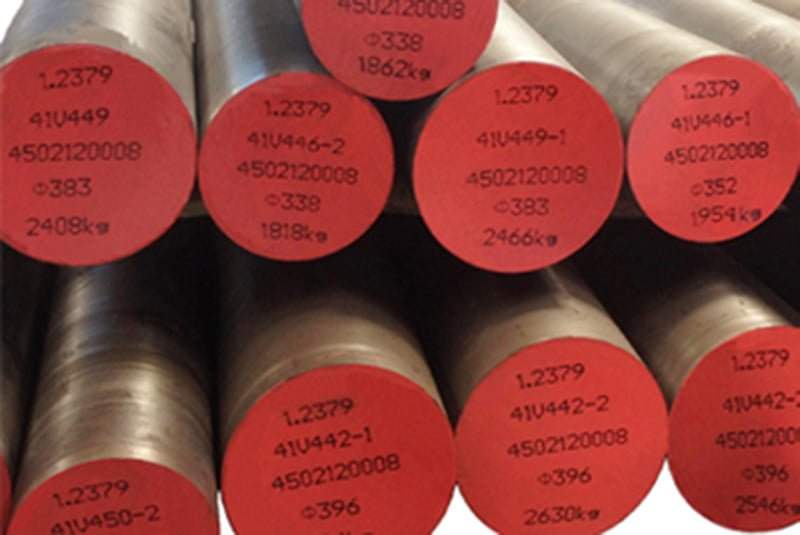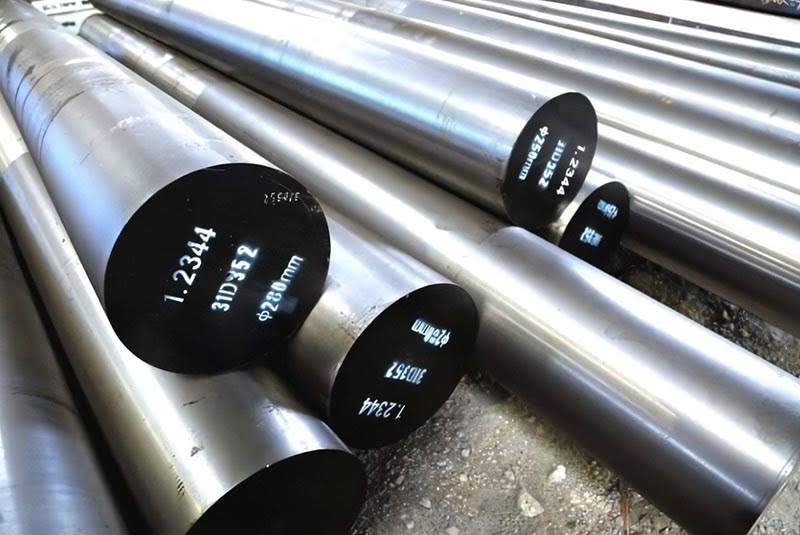Introduction

Choosing the right tool steel hardness is crucial for the success of any project involving metalworking or tool manufacturing. In this comprehensive guide, we’ll explore the factors that influence tool steel hardness, methods for determining the ideal hardness level for your specific project, and how to optimize performance based on your requirements.
Understanding Tool Steel Hardness
Before delving into the process of determining the ideal hardness, let’s first understand what tool steel hardness entails. Tool steel hardness refers to the material’s resistance to indentation or scratching, which is typically measured using scales like Rockwell or Brinell. It’s influenced by factors such as alloy composition, heat treatment, and microstructure.
| Aspect | Description |
|---|---|
| Definition | Tool steel hardness refers to the material’s resistance to indentation or scratching. |
| Measurement Scales | Commonly used scales for measuring tool steel hardness include Rockwell and Brinell. |
| Influencing Factors | Tool steel hardness is influenced by various factors, including: |
| – Alloy Composition: Different alloying elements, such as carbon, chromium, vanadium, and molybdenum, affect the hardness of tool steel. | |
| – Heat Treatment: The process of heating and cooling the steel can significantly alter its hardness, depending on the specific heat treatment regimen employed. | |
| – Microstructure: The arrangement of atoms within the steel, influenced by factors like cooling rate during heat treatment, also impacts its hardness. |
Factors Influencing Tool Steel Hardness
Several factors play a role in determining the hardness of tool steel. These include:
Alloy Composition: Different alloying elements, such as carbon, chromium, vanadium, and molybdenum, affect the hardness of tool steel.
Heat Treatment: The process of heating and cooling the steel can significantly alter its hardness, depending on the specific heat treatment regimen employed.
Microstructure: The arrangement of atoms within the steel, influenced by factors like cooling rate during heat treatment, also impacts its hardness.
Methods for Determining Ideal Tool Steel Hardness
Now, let’s explore some methods for determining the ideal tool steel hardness for your project:
Material Testing: Conduct hardness tests on samples of the tool steel using methods like Rockwell hardness testing or Brinell hardness testing. Compare the results with your project requirements to identify the optimal hardness range.
Consultation with Experts: Seek advice from metallurgical experts or tooling professionals who can provide insights based on their experience and knowledge of similar projects.
Simulation Software: Utilize computer-aided design (CAD) and simulation software to model the performance of the tool steel under different hardness levels and operating conditions.
Optimizing Performance Based on Hardness Requirements

Once you’ve determined the ideal tool steel hardness for your project, it’s essential to delve deeper into optimizing performance to ensure that your tools or components meet the desired standards of durability, reliability, and efficiency. Here are some key strategies for achieving optimal performance based on hardness requirements:
Selecting the Appropriate Heat Treatment Process: The heat treatment process plays a critical role in achieving the desired hardness level in tool steel. Depending on the specific requirements of your project, you may need to employ processes such as quenching, tempering, annealing, or case hardening. Each heat treatment method offers unique benefits in terms of adjusting hardness while balancing other properties such as toughness and machinability. By carefully selecting the right heat treatment process and parameters, you can fine-tune the hardness of your tool steel to precisely meet your project’s needs.
Implementing Quality Control Measures: Consistency in hardness across production batches is essential for ensuring the reliability and performance of your tools or components. Implementing robust quality control measures at every stage of the manufacturing process can help detect variations in hardness early on and address them promptly. This may involve conducting regular hardness tests on samples, monitoring heat treatment parameters, and maintaining stringent adherence to manufacturing standards. By maintaining tight control over hardness consistency, you can minimize the risk of performance discrepancies and ensure uniformity in product quality.
Monitoring Tool Performance in Real-World Conditions: Beyond laboratory testing, it’s crucial to evaluate the performance of your tools or components in real-world operating conditions. Monitoring factors such as tool wear, dimensional accuracy, surface finish, and overall tool life can provide valuable insights into the effectiveness of your hardness optimization strategies. Additionally, soliciting feedback from end-users or conducting field trials can help identify any performance issues or areas for improvement. By actively monitoring tool performance and making adjustments as needed, you can fine-tune hardness requirements to enhance overall performance and longevity.
Conclusion
In conclusion, determining the ideal tool steel hardness for your project requires careful consideration of various factors, including alloy composition, heat treatment, and operating conditions. By understanding these factors and utilizing appropriate testing methods and expertise, you can select the optimal hardness level to achieve the desired performance and longevity of your tools.
FAQs
What is the difference between hardness and toughness in tool steel?
Hardness refers to a material’s resistance to indentation or scratching, while toughness refers to its ability to withstand impact or sudden loading without fracturing. In tool steel, hardness is essential for maintaining sharp edges and resisting wear during cutting or forming operations, while toughness ensures durability and resistance to cracking or chipping under high-stress conditions.
How does tool steel hardness affect machining operations?
Tool steel hardness plays a significant role in machining operations. Higher hardness levels generally result in improved wear resistance, allowing cutting tools to maintain sharp edges for longer periods. However, excessively hard tool steel may also increase tool wear and lead to higher machining forces, affecting productivity and surface finish. Therefore, balancing hardness with other properties like toughness is crucial for optimizing machining performance.
What factors should be considered when selecting the appropriate tool steel hardness for a specific application?
Several factors should be considered when selecting the appropriate tool steel hardness for a specific application, including:
- The type of machining or forming operation involved
- The material being processed
- Operating conditions such as temperature, speed, and load
- Desired tool life and maintenance requirements
- Cost considerations and availability of materials By evaluating these factors and consulting with metallurgical experts if necessary, you can choose the optimal tool steel hardness to meet the performance and durability requirements of your application.
